Always a champion of critical environmental issues, the Principality mounts a series of high-profile events all throughout 2022 to raise awareness for the North and South Poles’ dire situation
“The Cold is Getting Hot!” – What deliberately sounds like a warning, and even a cry for help, was the title of a two-day scientific symposium organized and hosted by HSH Prince Albert II of Monaco in late February. It kicks off a yearlong campaign to raise awareness for one of humanity’s greatest threats: Global warming is affecting the Earth’s poles dramatically. Although the danger it entails for the globe’s climate is well known and documented, there is still very little concrete action.
Monaco’s Oceanographic Institute, in conjunction with the Prince Albert II Foundation, now steps up to a decisive leadership role on the world stage to finally make progress on that front. A series of high-profile events all throughout 2022 is designed to open a dialogue with the public and introduce us to the breathtaking beauty of the Arctic and Antarctic, their essential role in the Earth’s climate, the threats they face, and the risks we incur if we do not take action to preserve them.
“I believe it is essential to train the spotlight on these regions. They are not just an adventure playground, the domain of scientists, or even a new tourist destination. They are the laboratory for the future of our planet,“ states Prince Albert II.
Why Monaco, a dwarf compared to all the world’s powerhouses? No mystery there. Over the past three decades, HSH Prince Albert II of Monaco has become one of the most ardent defenders of the planet’s health. The poles have always had a special meaning for him. An avid outdoorsman and athlete, he successfully completed two polar expeditions – one to the North Pole in 2006, and the other one to the South Pole in 2009. Each arduous mission was dedicated to alerting the world to the imminent dangers.
2022 has been chosen as the last chance to really get things going before we collectively steer toward the point of no return. But the year also marks a special moment in Monegasque history: it is the centennial of the death of Prince Albert I, the current ruler’s great-great-father and namesake. And like the younger Grimaldi, his great-great-grandfather was an intrepid adventurer and visionary scientist who even back then understood the risks the planet is exposed to, and made astonishing contributions toward a better scientific understanding of the planet. This anniversary year is therefore also an occasion to celebrate Prince Albert II’s illustrious ancestor who went down in Monaco’s history as the best seafarer of his era and a “humanist, researcher, reformer and dreamer”.
One key message that Monaco wants to drive home is that the poles are not some distant, pristine No-man’s-land but actually far closer than usually assumed, thus having an immediate impact on our climate. To put it in perspective: the distance from the Principality, or neighbouring French cities like Nice, to the North Pole is a mere 3,200 km… roughly equivalent to a trip from Monaco to Antalya, Turkey, or Helsinki, Finland.
The polar region is also an ever-changing landscape. The stark differences in the 99 years that separate the two princes’ expeditions are poignantly documented by this photo taken from the same vantage point:
Separated by some 20,000 km, both poles are covered in snow, ice, and cold, but they are hardly alike. Their names already hint at this:
The name Arctic originates in the Greek word arktos, “bear”, in reference to the Little Dipper (aka Little Bear) constellation where the North Star is found. The Arctic is actually an ocean that is mainly covered by pack ice – frozen sea water of a surface between 5 and 15 million km², depending on whether it is summer or winter, and surrounded by land. A geography that is often compared to that of the Mediterranean.
Antarctica comes from the Greek word antarktikos, meaning “the opposite of the Arctic”. In contrast to the northern ice ocean, Antarctica is a continent of 14 million km², or 27 times the size of France, covered by a layer of ice with an average thickness of 2,000 m. It is surrounded by the Ocean. This ice cap contains nearly 80% of the planet’s freshwater reserves.
The North and South Poles also differ in the amount of life they harbour. Polar bears, seals and walruses inhabit the North, while penguins rule in the Deep South. But there are surprising links between the two regions: certain migratory birds like the Arctic tern flit between their northern home and Antarctic in often unbelievable feats, and whales from either direction cross each other on their great peregrination towards the equator. Protecting the species that inhabit these inhospitable regions is also a priority.
Parallel to the expert symposium, the launch of Robert Calcagno’s new book “Au cœur des mondes polaires, entre réchauffement et convoitises“ (At the heart of the polar worlds, between warming and covetousness) was an early highlight of the 2022 series of events. The affable director of Monaco’s Oceanographic Museum, himself born with the explorer’s gene, wrote this richly illustrated book, which is available both in French and in English, as an invitation to learn about the Poles’ richness and fragility and to better understand the need to preserve them.
The main event of the 2022 campaign is the summer exhibition “Mission Polaire”, opening on June 4. An immersion in five stages lets you experience the poles as if you were there, as if you were a reporter in the field. Meet real-life explorers and researchers, discover the hardy species that have adapted to these extreme environments, and get to understand the people who have chosen to live in the Far North. RIVIERA BUZZ will of course bring you all the details about the exhibit when it launches.
-HSH Prince Albert II of Monaco
For more information about ongoing activities, visit the Prince Albert II Foundation’s dedicated website The Polar Initiative and on Oceanographic Museum’s website to plan an entertaining, informative, and family-friendly visit.
All images courtesy Institut Océanograpique, unless otherwise indicated; photo of Albert I Public Domain, Link


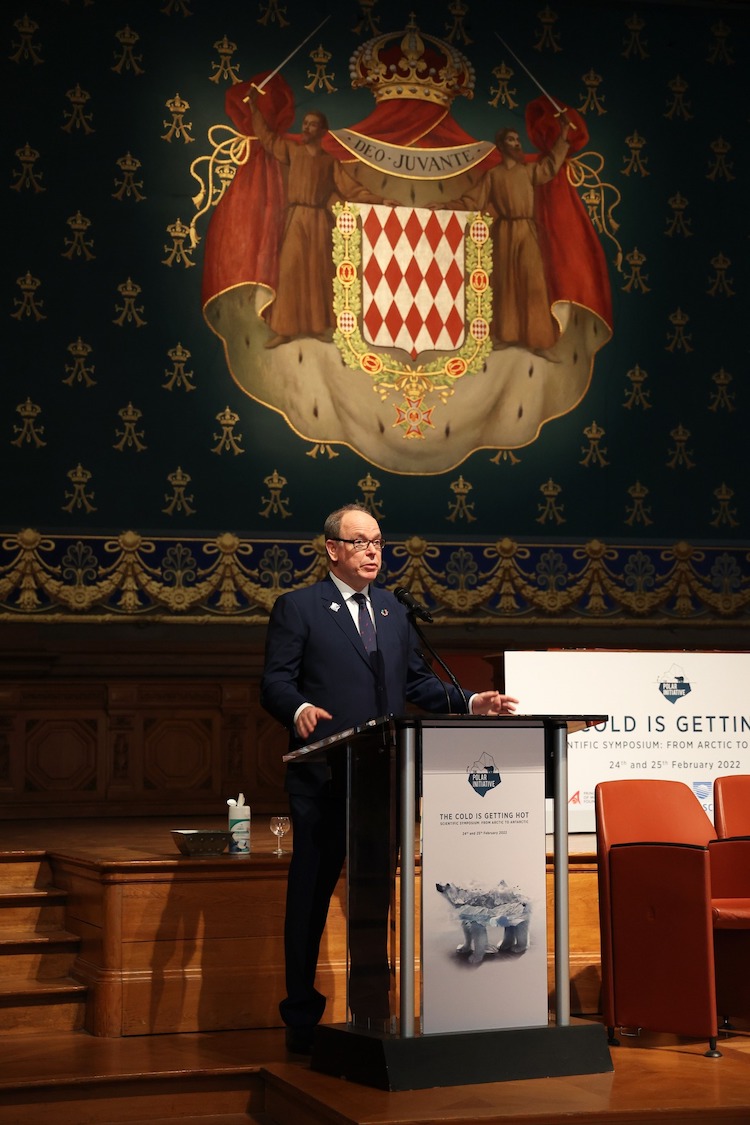
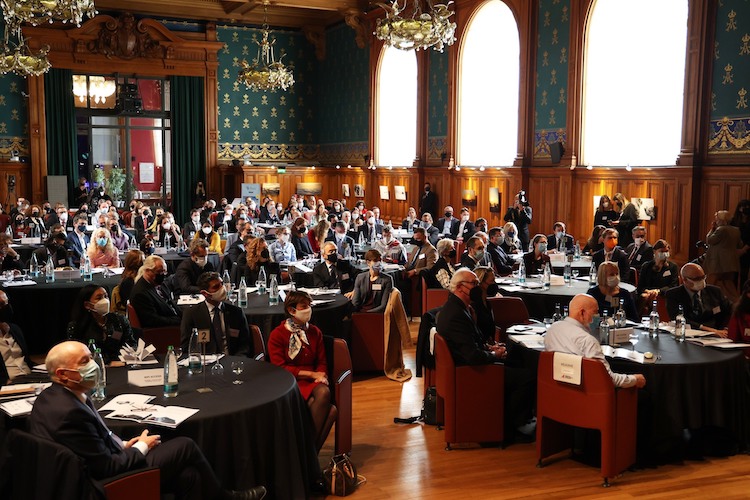
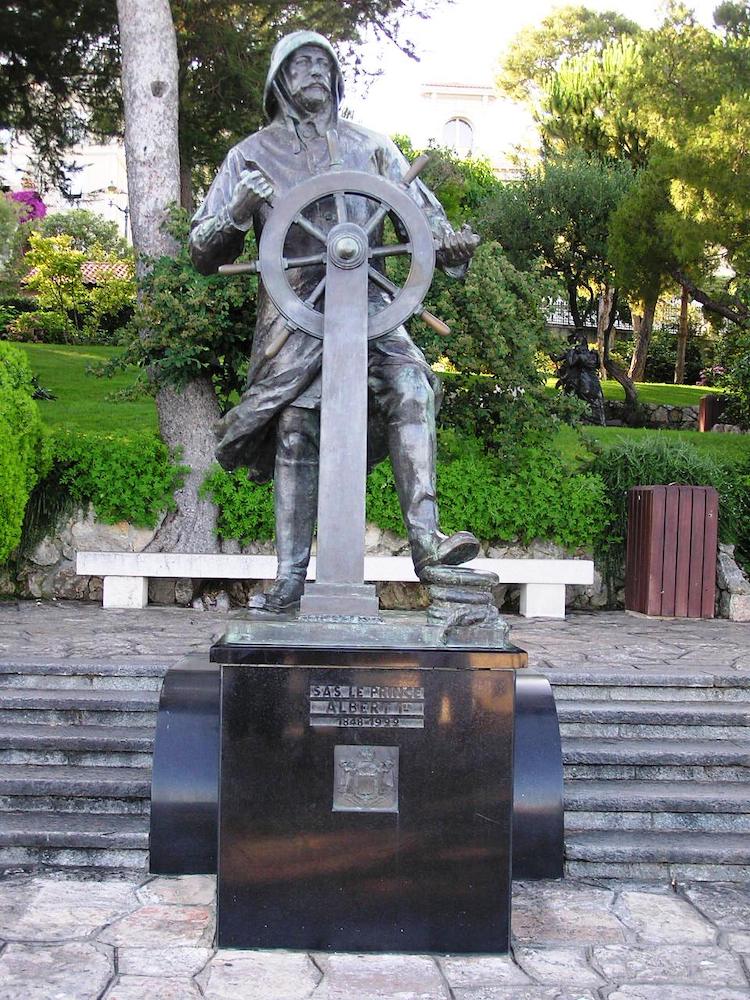
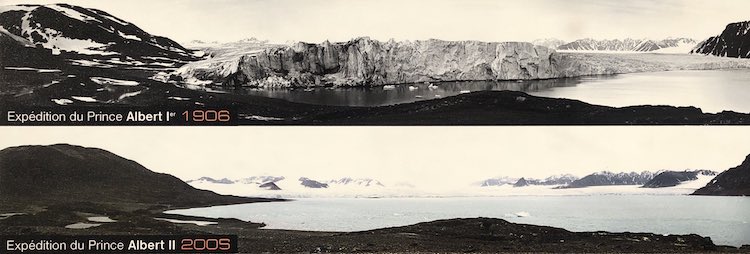
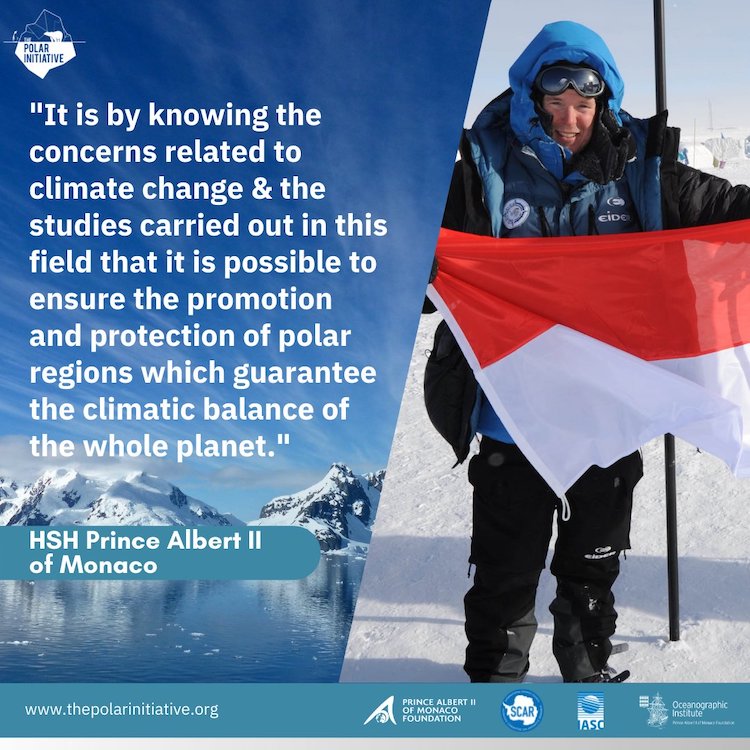
Leave a Reply